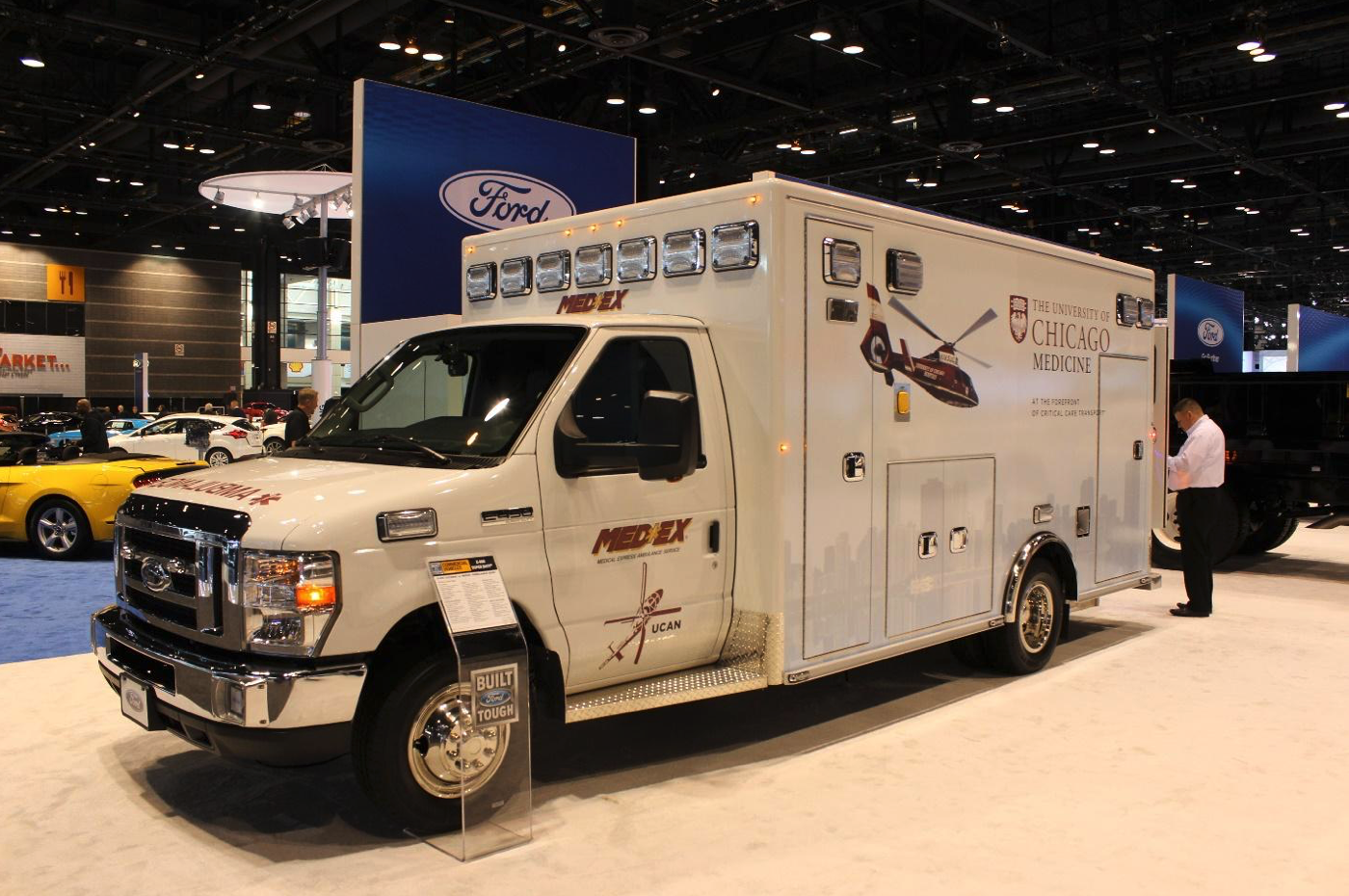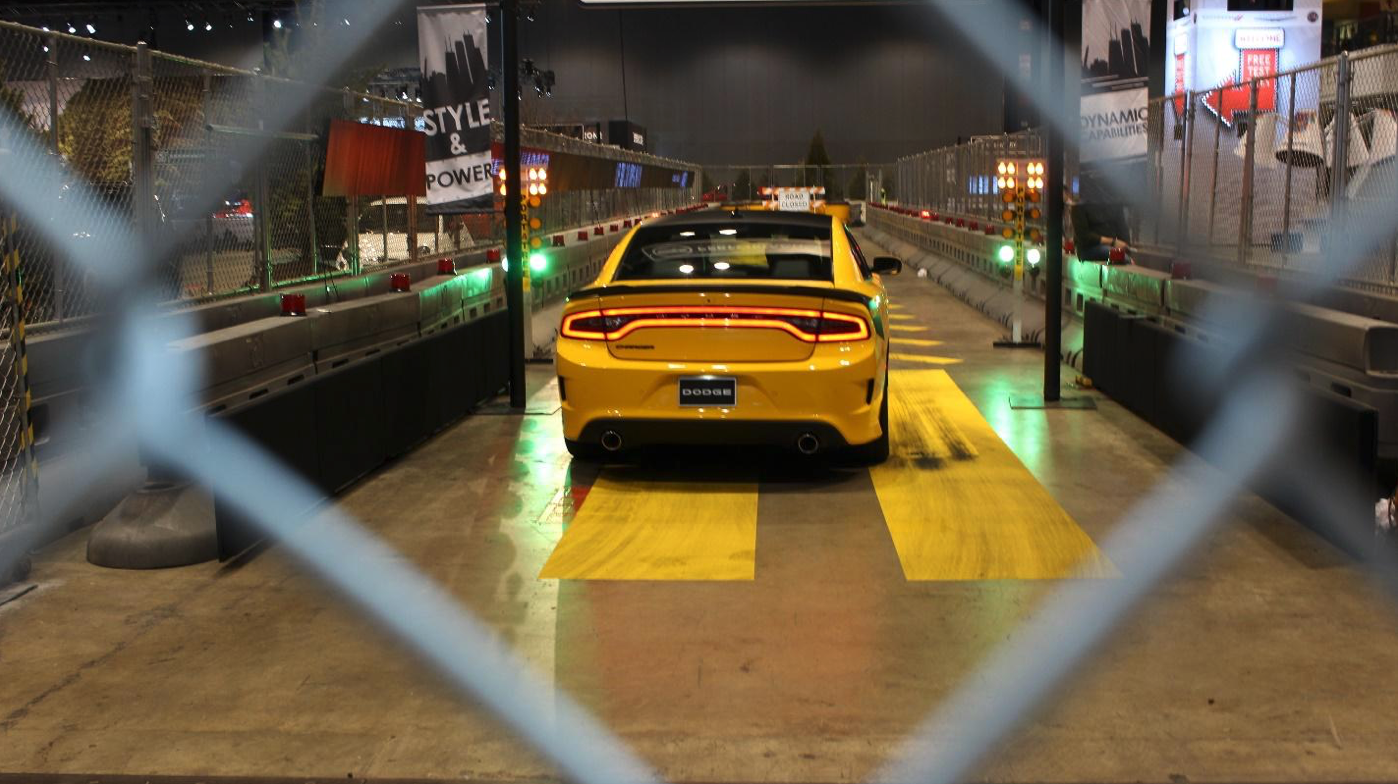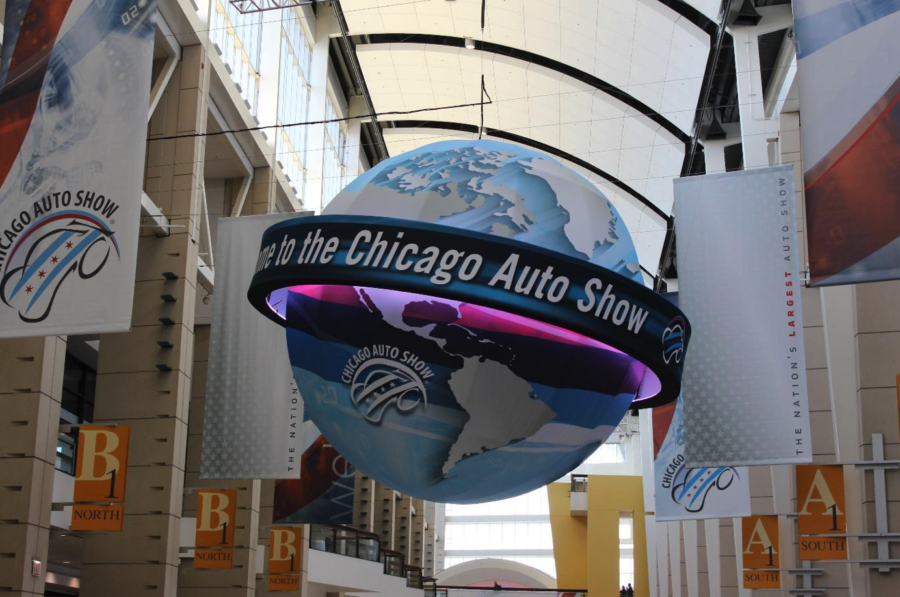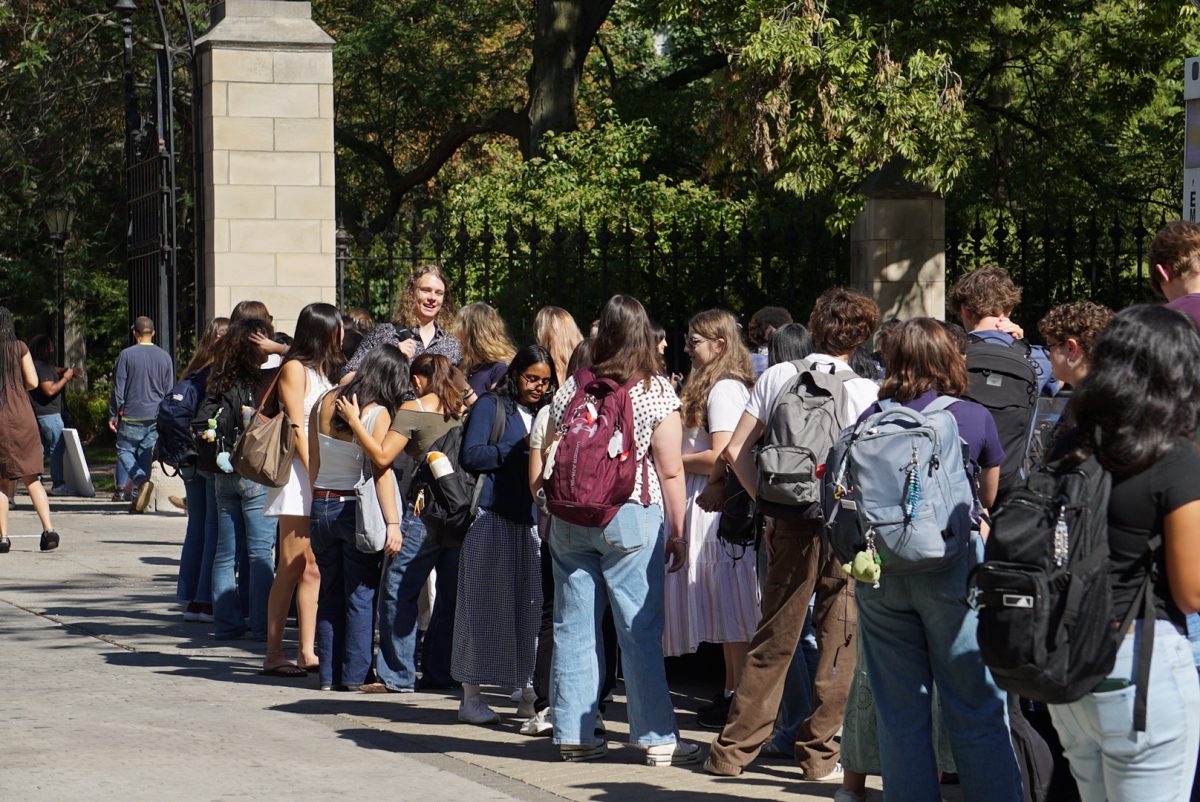The Chicago Auto Show opened its doors to the public this past Saturday, featuring a variety of new vehicles, technologies, and innovations.
The Maroon was on the show floor at McCormick Place during the media preview, where manufacturers attempted to reach audiences “beyond traditional automotive outlets” to include print and social media outlets that do not focus exclusively on vehicles, according to a press release from the show’s organizing committee.
With approximately 1,000 vehicles on display spanning from entry-level mainstream cars to exotics, concept cars, and race cars, the Chicago Auto Show is the largest in the United States.
Five test tracks are also a part of the show’s experience. Manufacturers including Mercedes-Benz and Chrysler take visitors on rides through indoor obstacle courses, drag strips, and steep ramps to interactively showcase their offerings. Ford even brought a hydraulic racing simulator, a $250,000 rig which takes the typical arcade racing game to the next level.
The Chicago Auto Show has approximately 1,000 vehicles on display, covering over 1 million sq. ft.

Even though the manufacturers present at the Chicago Auto Show focus on displaying the latest advancements in the auto industry rather than trying to sell products, 65 percent of attendees plan to purchase a vehicle in the next year, according to statistics provided by the show.

The University even has a presence at the show, with “the ambulance of the future,” custom-built for the University of Chicago Medicine (UCM), featured at Ford’s stand.
Two paramedics accompany the ambulance on the show floor and give tours inside the vehicle, allowing visitors a rare and unrestrained look at the latest integrated technologies, including Google Glass, Wi-Fi, and satellite navigation.
The ambulance’s high-technology features allow for UCM to engage in rapid response and intensive care situations in tandem with the UCM air transport system.
Although few University students own cars, manufacturer representatives at the show still believe it is worthwhile for students to attend.
Sandra Malloy, a product specialist with Toyota, said that “the show is a cost-effective and convenient way for college-aged consumers to look at [the] future [of] car ownership. It’s one of the few times where all manufacturers are under one roof and no one is trying to sell you something.”
Malloy also mentioned the freebies many manufacturers give out to attendants, as well as attractions including the indoor test tracks, as reasons to attend the show.

Other manufacturers are looking to diversify their offerings or business prospects to engage the millennial generation, which is the driving force behind American car sales.
Karen Sullivan, a brand manager with Ford, noted that Ford isn’t just a car manufacturer, but a mobility company as well. In this manner, Ford is reaching audiences who do not have car ownership as a priority.
“We have partnerships with ridesharing services to make our vehicles more visible, we are proposing hybrid taxis as an environmentally friendly option to the city of Chicago, and we are developing rail and rapid transit systems,” Sullivan said.
“Coming to the show is a way for [millennials] to experience developments in technology, which will play increasingly larger roles in their lives in the years to come,” Sullivan said.
University students appear to agree.
Fourth-year chemistry major Margaret Lee has attended the show every year she has been at the University. “The Chicago Auto Show is great because it’s the largest in the country, and since it's early in the year, there are a lot of concept premieres and new models that you wouldn’t see otherwise. I enjoy going to the auto show to check out and test drive new cars, but it's also fun seeing…other people enjoying the auto show, too,” Lee said.
Lee thinks that there is more to cars than initially meets the eye: “A lot of my friends see cars as just a point A to point B thing…. I think the auto show is a great way of showing them that yes, there is a difference between a BMW 330i and a Toyota Yaris.”
Her passion for cars extends beyond the auto show, though. “In the future, my goal is to work on automotive material design—either structural or energy materials,” Lee said.
The Chicago Auto Show runs until February 20 at McCormick Place. It is open 10 a.m. to 10 p.m.; tickets cost $13.









